According to statistics released by the World Tourism Organization, international tourism is on an unprecedented rise. In 2015 alone, the world saw 1.2 BILLION people travel overseas for leisure. That’s about 1/7 of the entire global population.
It is undeniable that in the previous few years, people from all over the world have been travelling far more than ever. And while there are many obvious personal benefits of travel, such as rest and relaxation, broadening horizons and self-discovery, there are also some not-so-positive effects.
I’m speaking mainly of how the increase of tourism in a particular destination can have some negative effects on the local population. Oh yes. Unfortunately, there are some destinations that are really struggling to cope with our #travelgoals.
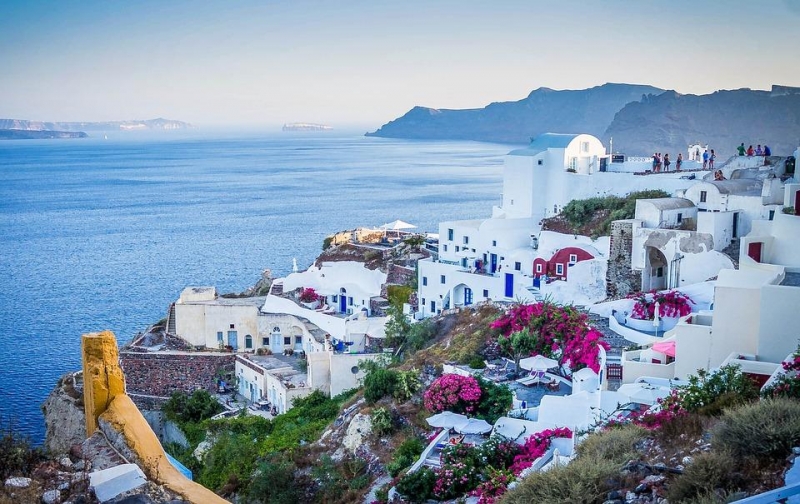
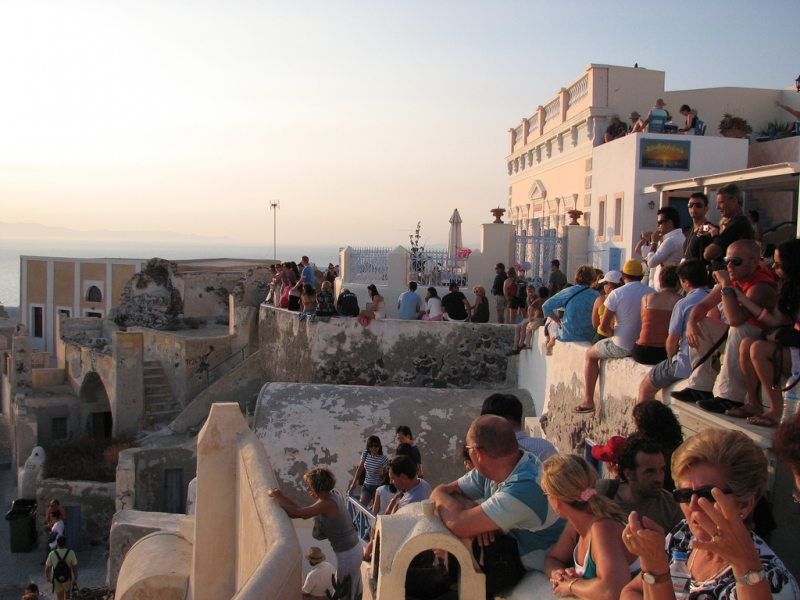
Image credit: Samuel Tziavaras
Take, for example, the beautiful island of Santorini, Greece. It’s estimated that close to 2 million visitors are set to visit the alluring island in 2017 and while the influx of tourists does add a much-needed economic impetus for a struggling Greek economy, not everyone is happy about Santorini’s booming tourism industry.
When I visited Santorini in 2014, the island housed approximately 50 or so hotels and lodging. Today, that number has risen to over 140, most of them centred around Oia, the town centre of the island.
To date, 11% of the island is now covered in concrete and there are more than 1,000 beds per square km and over 700 eateries, bars and cafes within a 76 square km radius. In comparison, the entire island measures only 90 square km.
And with Santorini becoming such a lucrative travel business opportunity, over 25,000 people have taken up permanent residence on the island, upping the socio-economic pressure on small local businesses operators and raising serious questions about the industry’s sustainability.
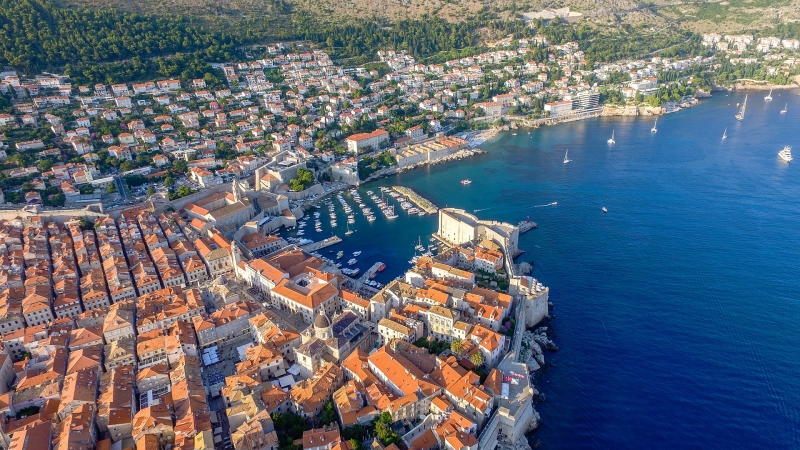
The overcrowding of a popular tourist destination is also a problem currently being experienced by Dubrovnik after the Croatian city shot to fame thanks to it being a major location setting in Game of Thrones.
Dubrovnik’s busiest period is during the summer months of July and August, where visitors can number close to 800,000 (estimates from 2016). The problem arises because apart from these two months, visitors to the city are few and far between.
Understandably then, this sudden and unusual spike of tourists causes heavy congestion and severe overcrowding. This has led to UNESCO warning that Dubrovnik could risk losing its World Heritage status if nothing is done about the issue. This, in turn, has forced the city’s acting mayor, Mato Frankovic, to propose setting a new limit for the daily number of tourists to the city at 4,000, down by half from the 8,000 currently in place.
While the economic losses incurred would be significant, Frankovic believes that such measures are necessary to ensure the happiness of the local populace.
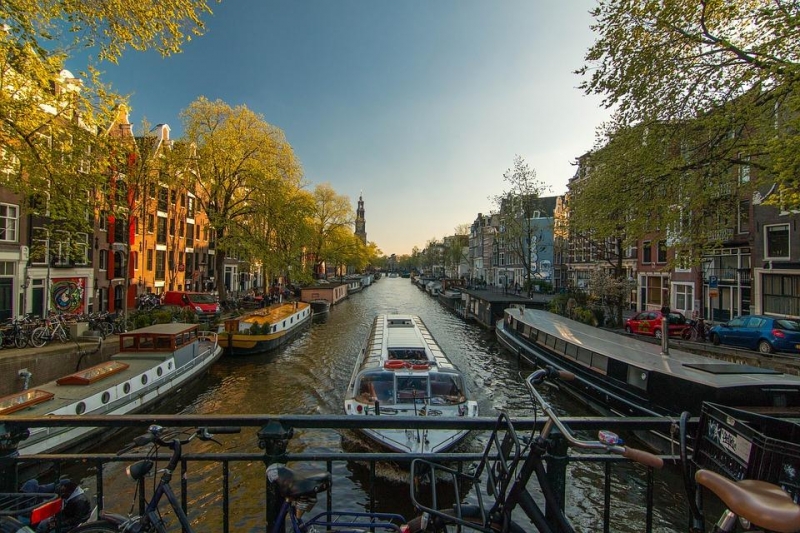
Sometimes, the negative impacts of tourism comes back to bite travellers as well. With the increase of globetrotters heading to Amsterdam, the city has seen an increase of cheap accommodation, all built to cater to the needs of the increasing number of tourists.
That’s all well and good except that this unchecked development has caused property prices to soar, while travellers continue to seek out ways to travel on a light budget, and hence not contributing much to the economic growth of local businesses.
This has led to many of the locals becoming increasingly frustrated with unsustainable tourism, culminating in anti-tourism protests throughout the city. To solve this, a new proposal is in place to levy a tourist tax as high as €10 per night!

Image credit: Ben Freeman
Apart from that, the local populations of popular destinations such as Spain and Italy have also been reported to hold similar sentiments, largely irked by the unacceptable behaviour of some disrespectful tourists, such as pollution, hogging public utilities and more.
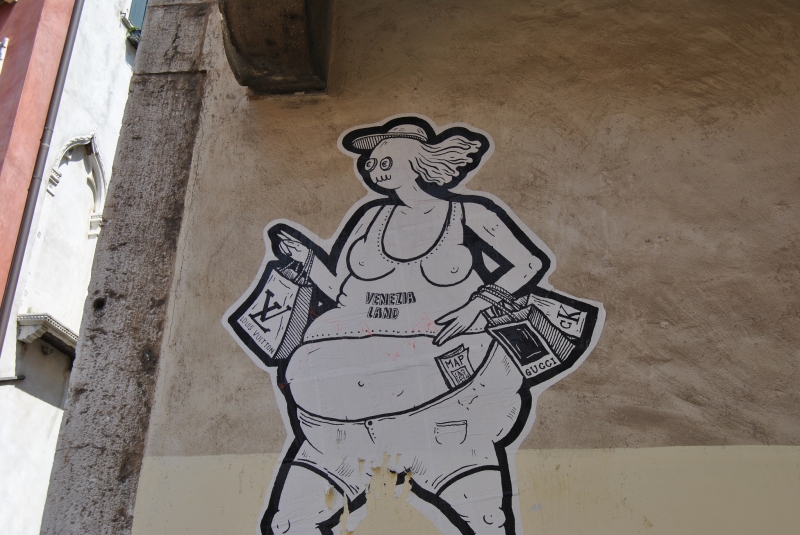
Image credit: Addy Cameron-Huff
What’s more, there have even been some cases where local cultural identity has eroded as vendors adapt to the influx of tourists in order to peddle their wares and earn a living. Prior to my visit to South Korea earlier this year, I had actually taken to studying a little bit of Korean to make communication easier.
Sadly, as I arrived in Busan, I realised that most of the vendors in popular locations greeted me and spoke to me in slightly broken Mandarin, no doubt influenced by a large number of Chinese tourists that visit every year.
While I can’t fault them trying to cash in on a good business opportunity, I couldn’t help but feel a tinge of disappointment each time an ahjumma peddling street food greeted me with ‘ni hao’ instead of ‘annyeonghasaeyo‘.
So what do you make of this? Is the increase of tourism ultimately a harmful thing for local populations? And if so, is there anything that can be done about it?






